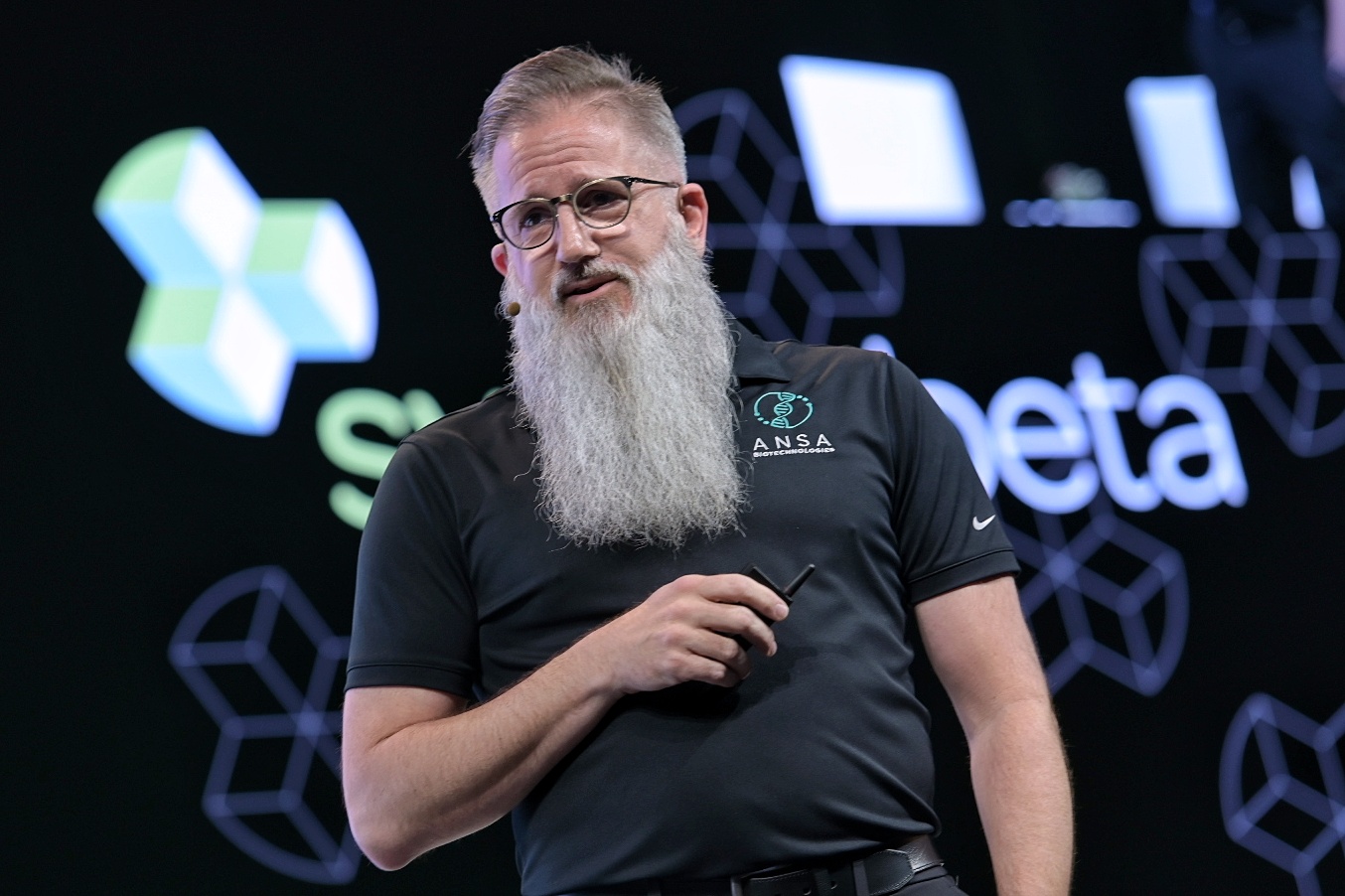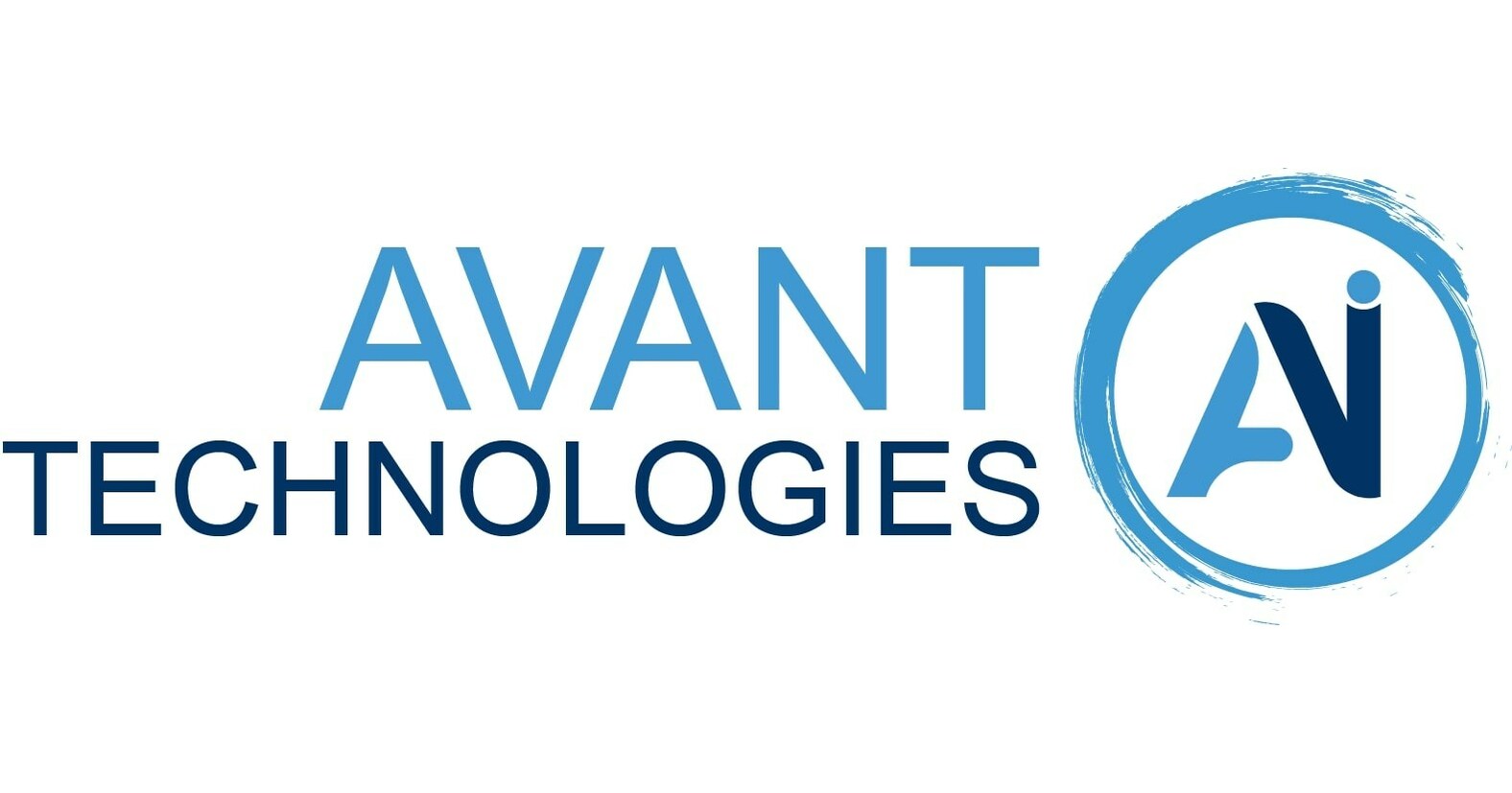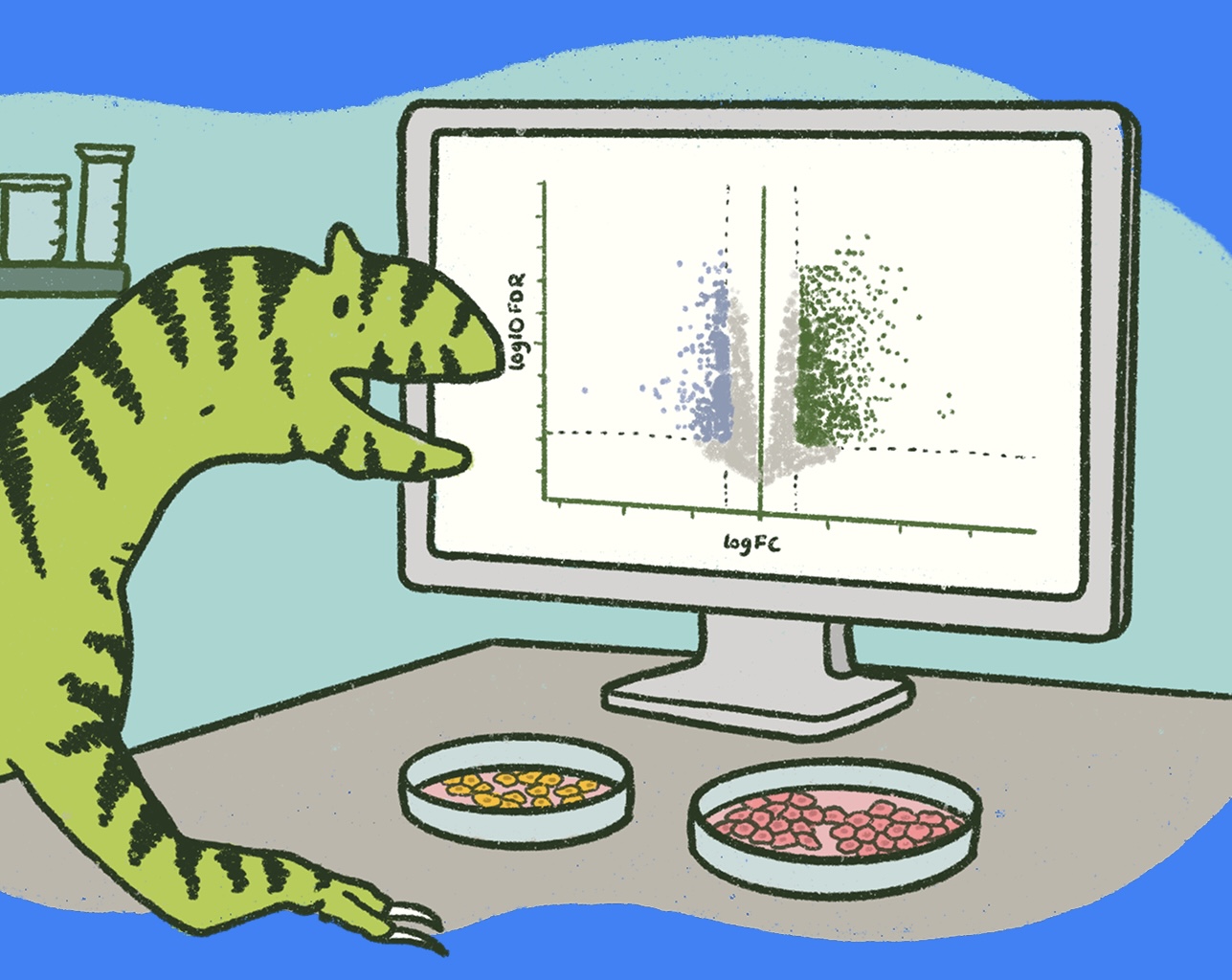Discovering DETECTR: The CRISPR-based platform for disease detection
Mammoth Biosciences is using their groundbreaking CRISPR technology—DETECTR—to revolutionize diagnostic medicine. SynBioBeta sat down with Janice Chen, one of Mammoth’s co-founders and lead author of the study that started it all.The discovery of the CRISPR-Cas9 system by Jennifer Doudna’s lab at Berkeley changed the future of genomic medicine. Though Cas9 is currently the most famous of the CRISPR proteins, it’s not the only one with exciting capabilities.Another one of these promising proteins, or “flavors” as Chen calls them, is Cas12a. First discovered in 2015, Cas12a had been repurposed as a gene-editing tool, but its detailed mechanism of DNA cutting was unknown. Chen’s team, working in Doudna’s lab, was methodically testing Cas12’s fundamental properties when they “came across an unexpected finding.”
A “Google search” for the genome
Chen’s team successfully activated Cas12 with the same method used to activate Cas9. The activated Cas12 complex works like genetic scissors, cutting any DNA sequence it’s sent to find. To be thorough, Chen’s team ran a negative control test by feeding Cas12 random bits of DNA. The expectation was that, like Cas9, Cas12 wouldn’t cut any DNA it wasn’t programmed to. But it did.This was a complete surprise. The Cas12 complex, once activated by a matching DNA sequence, could cleave any strand of DNA, regardless of its complementarity. Chen described Cas12 like a paper shredder—once it’s turned on, Cas12 will happily shred DNA paper all day long, regardless of the text.This unexpected property, known as collateral cleavage, opened a world of possibilities for Chen’s team. For example, perhaps they could program Cas12 to locate a genetic sequence and report back what it found. It works like this: Chen’s team paired their Cas12 complex with a fluorophore compound to act as a reporter molecule. Once Cas12 locates a target sequence, it starts cutting DNA, and doesn’t stop, cutting the reporter molecule, too. The reporter molecule changes color when it’s cut due to its fluorescence. Therefore, if the target sequence is present in a sample, the sample changes color. In this way, Cas12 would essentially, have the potential to “Google search” the genome.Chen laughed when she said that one of the team’s biggest challenges was coming up with a name for their technology. After much debate, the team settled on “DNA Endonuclease Targeted CRISPR Trans Reporter -- DETECTR.”The next step was to prove their brilliant idea could actually work. Chen said “finding a target for their proof of concept” was the most difficult part of the whole process. “How do we to capture the imagination and have access to clinical samples?” Chen gives enormous credit to Joel Palefsky, a world-renowned researcher in HPV, for giving their team access to his lab and clinical samples at UCSF. Chen said collaborating with Palefsky was crucial to their success
The HPV virus:the perfect candidate for DETECTR’s initial test
Viruses are generally preferable targets because they don’t have the added complication of bacterial cell walls. More importantly, the team wanted to show how DETECTR could potentially benefit people on a global scale. HPV is a common infection with “many types considered high-risk for certain cancers, said Chen. “Low resource countries could be impacted by a low-cost diagnostic tool for HPV.”The team was ready to test DETECTR. But they had one last obstacle to overcome. “That part’s a funny story, actually,” said Chen. Because of various regulations including patient privacy, the HPV samples had to stay in Palefsky’s lab at UCSF. But the all-important fluorescent plate reader, the machine that would actually deliver the test results, was across San Francisco Bay at Berkeley. So, Chen took the multi-thousand-dollar plate reader, not much bigger than a microwave, and shuttled it back and forth across the Bay in the back of an Uber. “I don’t know what the Uber drivers thought with me sitting with this on my lap,” laughed Chen. She also pointed out that the lab runs tests 24-7. “I have to thank my lab members. I basically took away the plate reader and other people’s experiments had to be put on hold.”Finally, Chen was able to test the HPV samples, which were blinded so the results could not be influenced. “I finished processing the data around 9 or 10 pm and sent the results to Joel,anxious to know if the test worked. Within an hour, he emailed me saying, “Wow, these samples matched up really well”.” DETECTR had worked -- and with almost 100% accuracy.
Mammoth Biosciences grew out of DETECTR’s success
Chen and her Berkeley lab mate and fellow study author Lucas Harrington are two of Mammoth’s co-founders. The other co-founders are Trevor Martin, Ashley Tehranchi, and Jennifer Doudna.

The Mammoth Biosciences’ co-founders hope to use CRISPR to revolutionize diagnostic medicine. From left: Chief Discovery Officer Lucas Harrington, CEO Trevor Martin, CTO Ashley Tehranchi, Chair of Scientific Board Jennifer Doudna, Chief Research Office Janice Chen.“Mammoth is in an exciting place,” said Chen. The company only introduced itself to the world in April but already had a strong $23 million Series A. “This has propelled us rapidly. We’re bringing in key hires for product development and interacting with partners who are very interested in DETECTR.”Starting a groundbreaking company is not without its challenges. Chen said some of Mammoth’s questions are similar to those the DETECTR team faced in the lab; namely, which diseases to test first. Mammoth wants to demonstrate how their platform can quickly reach and benefit the largest number of people. Chen said Mammoth’s team is currently prototyping demos for specific applications.Mammoth also has another goal. The company wants to educate the public about the diagnostic potential of CRISPR. CRISPR is so much more than a gene editing tool. And it’s certainly more than the “black-and-white Cas9 patent battle” that has taken place between the Broad Institute and UC Berkeley. “Nature has provided so many CRISPR flavors and shades of gray,” said Chen. “ so many possibilities.”As exhilarating a time as it is for the young company, Mammoth is staying focused and working hard to build the best team possible. “Our goal,” said Chen, “is to deliver on the power of CRISPR.”




.svg)










-min.png)
.gif)